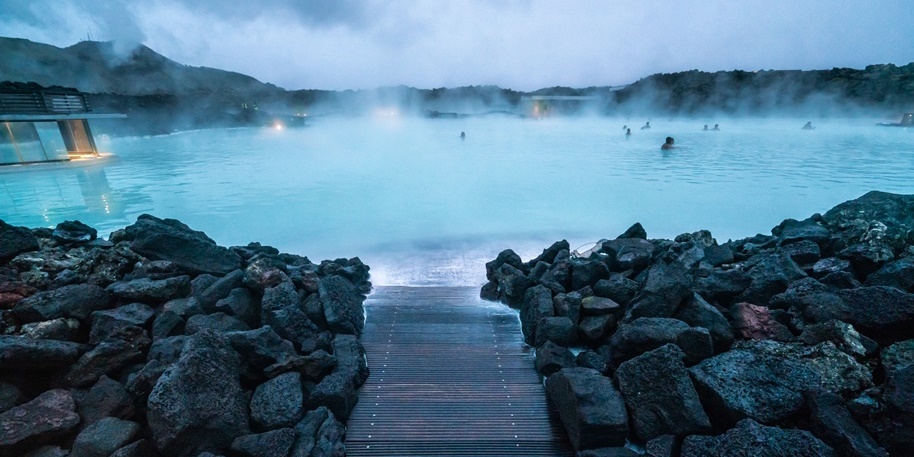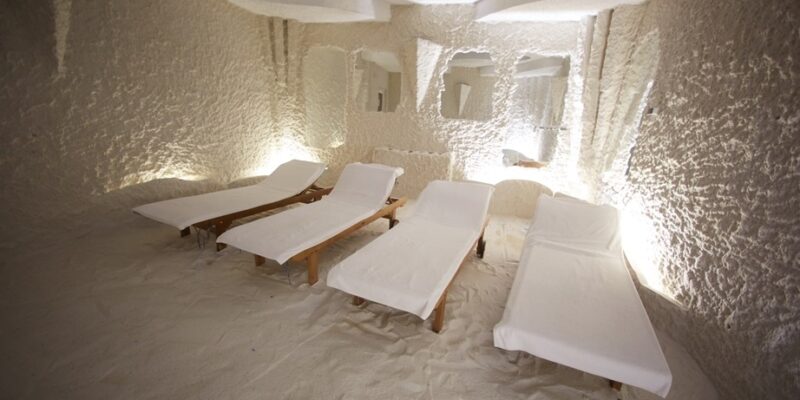
Balneotherapy is defined as the treatment of disease by bathing in mineral springs, or bathing in mineral pools that are offered in (medical) spas or in public bathhouses.
It’s an ancient practice, a form of traditional medicine, which was typically carried out in mineral hot springs. The type of minerals available in baths may include silica, sulfur, selenium, radium, magnesium, iron, alkaline chloride, acid sulfate, and/or bicarbonate, among others.
Balneotherapy may also involve bathing in cold water, massage in or with water, or simply relaxation in water. Sometimes the treatments are combined with mud or clay baths, better known as Fangotherapy.

In any case, this type of therapy is thought to have many health benefits and is recommended for conditions such as arthritis, a range of skin problems, muscle and joint pains, fibromyalgia, stress, tiredness, poor blood circulation, high blood pressure, and sleep disorders.
The core idea behind the function of Balneotherapy is that minerals penetrate and benefit the skin and internal body systems, and/or that heat combats a variety of discomforts and/or health issues.
However, there are quite some contraindications to be taken into account. For instance, Balneotherapy is not advised for people that suffer from epilepsy, cardiovascular diseases, severe hypertension, hypotension, or anemia, balance difficulties, acute inflammations, psychiatric disorders, or drug/ alcohol intoxication. Additionally, Balneotherapy should be avoided by pregnant women.
















